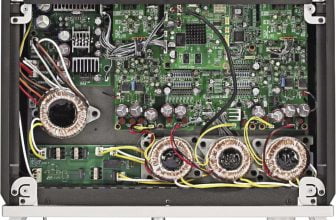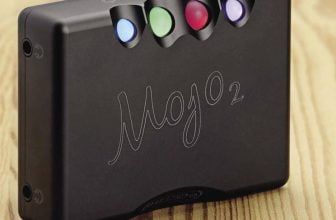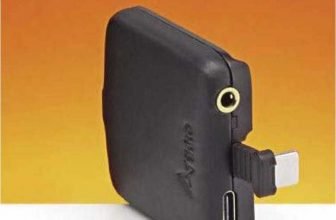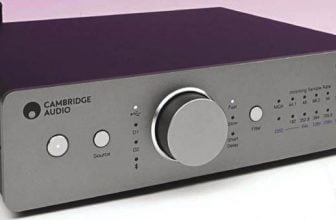TOPPING L30 Review – There’s no stopping Topping
Its styling may be rather bland, but will Topping’s entry-level headphone amplifier have hidden charms to convince Chris Frankland it is worth the £ asking price? Read our TOPPING L30 Review.
Headphone sales and usage have taken off in recent years, driven largely by the popularity of portable devices. Unsurprisingly, there is also a bigger choice than ever of headphone amplifiers and the Topping L30 we look at here is at the entry level.
Many who use headphones purely on the move have graduated from cheaper in-ear models to over-ear models that offer better quality. They will be looking to use those at home too. And that’s where products like the L30
come in. It is also useful for those wishing to listen without disturbing the rest of the household.
The L30 headphone amplifier from Chinese brand Topping is only the second of their products that I have listened to, the first being the E30 DAC I reviewed in the last issue. Although it can be used on its own as a headphone amplifier fed from the line output of a CD player, it is really intended to be paired with the Topping E30 DAC (or indeed any such DAC), which means that the user could hook up a low-cost streamer, such as the iFi Zen Blue (Topping does not offer its own streamer) and so add Tidal or Qobuz to the mix. The L30/E30 could also be hooked up to an active speaker.
The L30 is visually a little under whelming, housed in an anonymous-looking black aluminium sleeve with a black Perspex front panel. It measures 32mm high by 100mm wide by 134mm deep. On the left of the front panel are two toggle switches. The left most turns the unit on and then selects either Headphone or Preamp mode, while the other selects

Rear panel has RCA phono connectors for a single analogue input and output, which means L30 could be connected to an active speaker when switched to preamp mode.
the gain setting according to the headphones you are using – 0dB, +9dB or -9dB. Right of that is a 6.3mm headphone jack and then a large rotary volume control. There is no balanced output, but then you would not expect it at this price point. The back panel has RCA phono connectors for a single input and output and a power input socket on the far right.
I have to say that the power supply transformer seemed larger and heavier than is often the case, suggesting the power supply may be better than some of the tiny switch-mode items often supplied.
As with the E30 Topping describe the L30 as ‘a small hot hatch’. You’d think their copywriter could use a bit more imagination, but so be it. I get the idea – small on price, but big on performance. More of that later.
So let’s look under the bonnet. The L30 is said to use the same NFCA (Nested Feedback Composite Amplifier) module as the flagship A90. This is said to ensure low distortion of 0.00007% THD at 1kHz (A-wtd) at 500mW output into 32 Ohms. Dynamic range is quoted as 141dB, frequency response as 20Hz to 40kHz ± 0.5dB and output power of 3,500mW. Topping says it will drive power-hungry headphones with a wide range of impedances.
SOUND QUALITY
Having lived with some very nice, but pricey headphone amps, I have recently been exploring the lower end of the market, including in the last issue the iFi Zen CAN. Now it’s the turn of the Topping L30. I hooked it up to the excellent Pro-Ject Stream Box S2 Ultra streamer and PreBox RS2 Digital DAC to stream from Tidal. Headphones used were the Sennheiser HD599 and Focal Clear.
I set the gain at 0dB and that gave me plenty of volume with both ‘phones.
I kicked off with Hey Nineteen from Steely Dan’s Gaucho album. The track was conveyed very well rhythmically on the L30 and the bass line was tight and tuneful. It also handled the dynamics of the track well. Vocals were open and articulate – maybe a little on the thin side sometimes, but nothing that worried me.
Moving on to my favourite track of the moment from guitarist Peter White, Groovin’ from the album of that name, I have to say the Topping made a really good job of conveying the character, note shape and body of his acoustic guitar and the bass line was tuneful and tight.
MEASURED PERFORMANCE
The Topping L30 provides a maximum of x3 gain ( + 9dB) from analogue input to both Pre output and Headphone (HPA) output. Gain can be reduced to 0dB or – 9dB and there is a volume control.
Maximum output measured 9.2V for both Headphones and Line inputs – more than enough, especially as headphones go very loud from just 1V.
Frequency response measured flat from 3Hz to 100kHz and distortion was extremely low at 0.0004% at 1V in / 3V out. Noise was also very low at -121dB relative to 9V output.
The L30 measured well in all areas.
It has limited gain at x3 ( + 9dB) but this should be adequate, where for example a 300mV input will give nearly 1V output to headphones. NK
Frequency response (-1dB) 3Hz-100kHz
Distortion (10kHz, 1W) 0.0004%
Separation (1kHz) 98dB
Noise (IEC A) -121dB
Gain +9dB/0dB/-9dB
Max output 9.2V
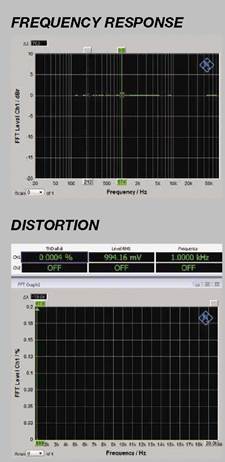
TOPPING L30
Verdict
When you purchase through links on our site, I may earn an affiliate commission. Here’s how it works.
5/5
OUTSTANDING – amongst the best.
VALUE – keenly priced.
Electromod
www.electromod.co.uk
To finish, I played Don’t It Make My Brown Eyes Blue from Crystal Gayle – not an easy track to make sound really good. The L30 did a fine job with good emotion and articulation to her vocals, while piano was open and had good weight and dynamics.
CONCLUSION
The L30 impressed me. It was detailed, dynamic and lacking serious flaws. Not perfect. My fear was that a headphone amp at such a low price might not be worth considering. That fear has been dispelled and, after reviewing the iFi Zen CAN in the last issue, I have been pleasantly surprised by the level of performance the L30 offers in comparison.
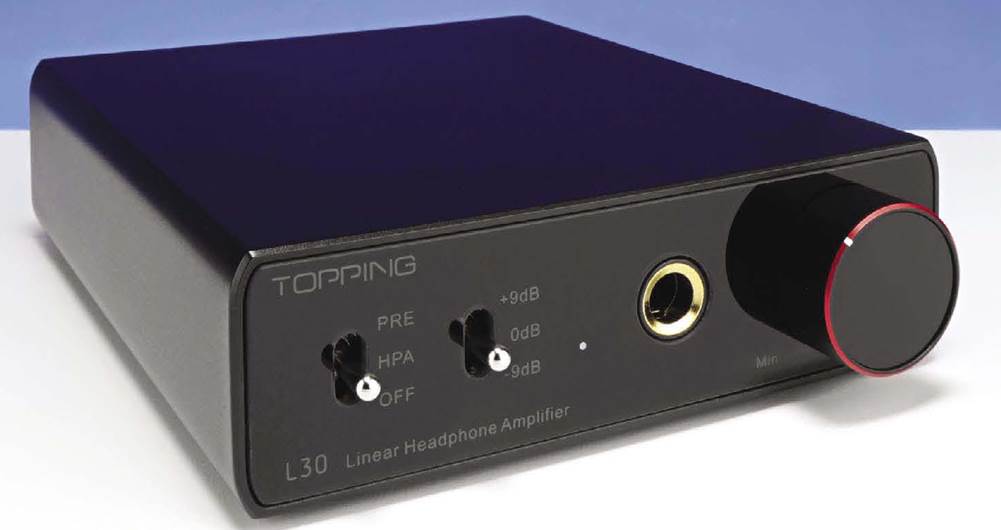

![[New Version] Topping L30 Mini HiFi Amp Audio Hi-Res Headphone...](https://reviewary.com/wp-content/plugins/content-egg/res/logos/amazon-com.png)


